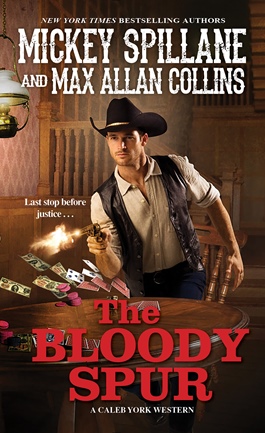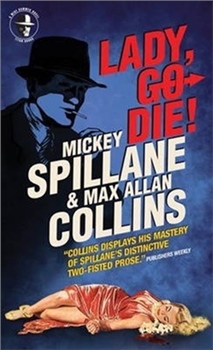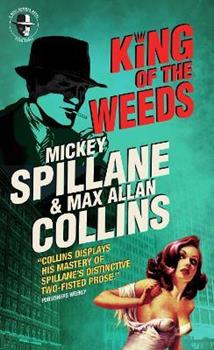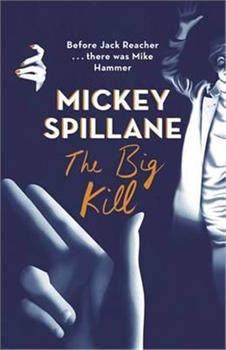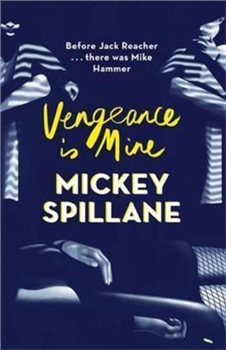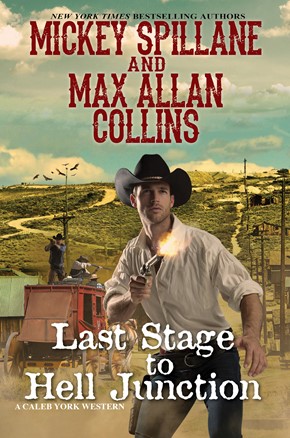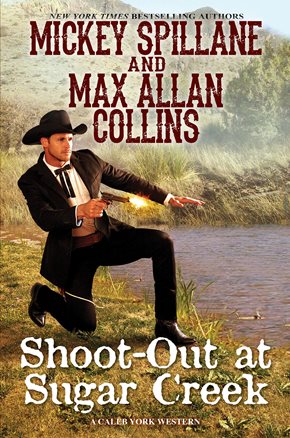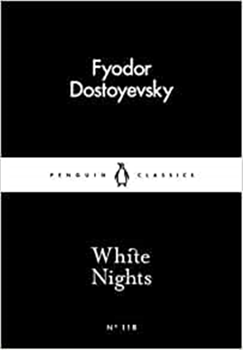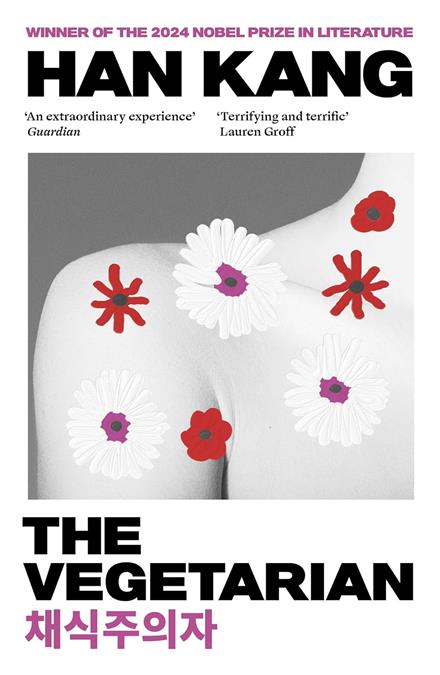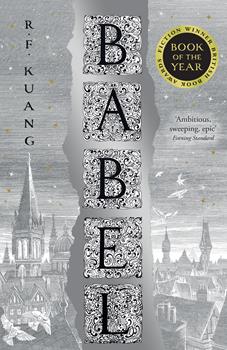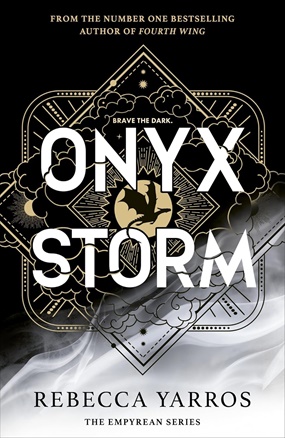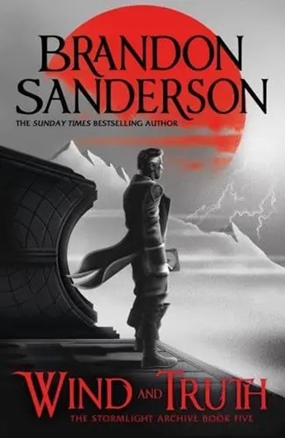Description
You can outnumber Caleb York … but you can’t outgun him.
Rancher George Cullen doesn’t like the Santa Fe Railroad’s plan to drive a spur through his town. He intends to put up a fight—even though everyone else in Trinidad, New Mexico, including his own daughter, stands on the side of the railroad …
Sheriff Caleb York rides out to the Bar-O to reason with his old friend. But Cullen’s ex-partner, Burt O’Malley, is back in town after a twenty-year stint in the pen. And hired gun Alver Hollis, aka the Preacherman, has shown up with two cronies, claiming they’re in town for a big poker game. With the whole town on the verge of a shootout, Caleb keeps a firm grip on his Colt .44. Soon enough, he’ll take dead aim to keep the peace …
“Spillane is a master in compelling you to always turn the next page.”
—New York Times
“Collins displays his mastery of Spillane’s distinctive two-fisted prose.”
—Publishers Weekly
“Spillane is a pioneer of tough-guy ethics.”
—Washington Post
About the Author
Mickey Spillane was one of the world's most popular mystery writers. His specialty was tight-fisted, sadistic revenge stories, often featuring his alcoholic gumshoe Mike Hammer and a cast of evildoers who launder money or spout the Communist Party line.His writing style was characterized by short words, lightning transitions, gruff sex and violent endings. It was once tallied that he offed 58 people in six novels.Starting with "I, the Jury," in 1947, Mr. Spillane sold hundreds of millions of books during his lifetime and garnered consistently scathing reviews. Even his father, a Brooklyn bartender, called them "crud."Mr. Spillane was a struggling comic book publisher when he wrote "I, the Jury." He initially envisioned it as a comic book called "Mike Danger," and when that did not go over, he took a week to reconfigure it as a novel.Even the editor in chief of E.P. Dutton and Co., Mr. Spillane's publisher, was skeptical of the book's literary merit but conceded it would probably be a smash with postwar readers looking for ready action. He was right. The book, in which Hammer pursues a murderous narcotics ring led by a curvaceous female psychiatrist, went on to sell more than 1 million copies.Mr. Spillane spun out six novels in the next five years, among them "My Gun Is Quick," "The Big Kill," "One Lonely Night" and "Kiss Me, Deadly." Most concerned Hammer, his faithful sidekick, Velda, and the police homicide captain Pat Chambers, who acknowledges that Hammer's style of vigilante justice is often better suited than the law to dispatching criminals.Mr. Spillane's success rankled other critics, who sometimes became very personal in their reviews. Malcolm Cowley called Mr. Spillane "a homicidal paranoiac," going on to note what he called his misogyny and vigilante tendencies.His books were translated into many languages, and he proved so popular as a writer that he was able to transfer his thick-necked, barrel-chested personality across many media. With the charisma of a redwood, he played Hammer in "The Girl Hunters," a 1963 film adaptation of his novel.Spillane also scripted several television shows and films and played a detective in the 1954 suspense film "Ring of Fear," set at a Clyde Beatty circus. He rewrote much of the film, too, refusing payment. In gratitude, the producer, John Wayne, surprised him one morning with a white Jaguar sportster wrapped in a red ribbon. The card read, "Thanks, Duke."Done initially on a dare from his publisher, Mr. Spillane wrote a children's book, "The Day the Sea Rolled Back" (1979), about two boys who find a shipwreck loaded with treasure. This won a Junior Literary Guild award.He also wrote another children's novel, "The Ship That Never Was," and then wrote his first Mike Hammer mystery in 20 years with "The Killing Man" (1989). "Black Alley" followed in 1996. In the last, a rapidly aging Hammer comes out of a gunshot-induced coma, then tracks down a friend's murderer and billions in mob loot. For the first time, he also confesses his love for Velda but, because of doctor's orders, cannot consummate the relationship.Late in life, he received a career achievement award from the Private Eye Writers of America and was named a grand master by the Mystery Writers of America.In his private life, he neither smoked nor drank and was a house-to-house missionary for the Jehovah's Witnesses. He expressed at times great disdain for what he saw as corrosive forces in American life, from antiwar protesters to the United Nations.His marriages to Mary Ann Pearce and Sherri Malinou ended in divorce. His second wife, a model, posed nude for the dust jacket of his 1972 novel "The Erection Set."Survivors include his third wife, Jane Rodgers Johnson, a former beauty queen 30 years his junior; and four children from the first marriage.He also carried on a long epistolary flirtation with Ayn Rand, an admirer of his writing.
